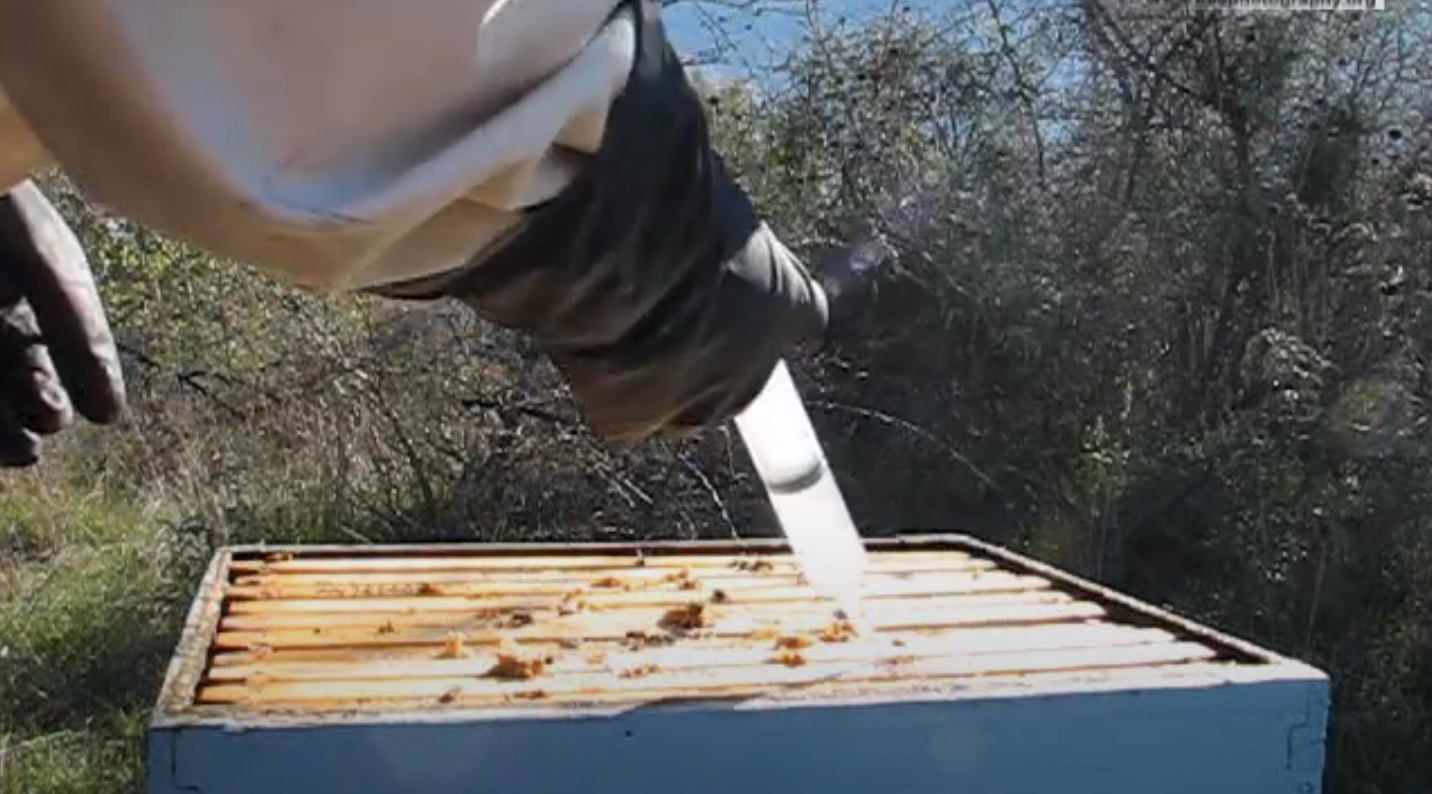The oxalic acid dribble method is a popular treatment for managing Varroa mites, a persistent parasite that threatens the health of honeybee colonies. This method is favored for its simplicity, cost-effectiveness, and efficacy when used at the right time and under the right conditions. In this article, we will explore the specifics of the oxalic acid dribble method, how it works, its application, and important considerations for beekeepers.
What Is the Oxalic Acid Dribble Method?
The oxalic acid dribble method involves applying a solution of oxalic acid mixed with sugar water directly onto bees in the hive. The solution is gently dribbled along the seams of bees between the frames, ensuring even distribution. The treatment targets mites on adult bees and does not penetrate capped brood, making it most effective during broodless periods.
Why Use the Dribble Method?
- Simplicity: The dribble method requires minimal equipment and is easy to perform, even for beginner beekeepers.
- Cost-Effectiveness: Oxalic acid is an inexpensive treatment compared to other Varroa mite control options.
- Efficacy: When applied during broodless periods, the dribble method achieves high Varroa kill rates.
How to Prepare the Oxalic Acid Dribble Solution
To prepare the solution, you will need:
- Oxalic acid dihydrate (available from beekeeping suppliers).
- Sugar (common table sugar works fine).
- Water (preferably distilled or clean tap water).
The standard recipe is:
- 35 grams of oxalic acid dihydrate.
- 1 liter of 1:1 sugar syrup (500 grams of sugar dissolved in 500 ml of water).
This mixture creates a solution with a concentration of approximately 3.5%, which is safe and effective for bees.
Step-by-Step Application of the Dribble Method
- Prepare the Solution: Mix the oxalic acid with warm sugar syrup until fully dissolved. Allow the solution to cool to room temperature before application.
- Load the Syringe: Use a syringe or a dribble applicator to draw the solution. A 50 ml syringe is commonly used.
- Access the Hive: Open the hive carefully to expose the frames of bees. Work calmly to avoid stressing the colony.
- Apply the Solution: Dribble 5 ml of the solution per seam of bees, with a maximum total of 50 ml per hive. Evenly distribute the liquid to ensure effective coverage.
- Close the Hive: Once treatment is complete, close the hive and allow the bees to resume their normal activities.
Best Timing for the Dribble Method
The oxalic acid dribble method is most effective during broodless periods, such as late fall or early spring, when Varroa mites are primarily on adult bees. Treating during these times ensures maximum contact between the acid and the mites. Applying the treatment when brood is present reduces its efficacy because oxalic acid cannot reach mites hidden inside capped brood cells.
Precautions and Safety
- Protect Yourself: Always wear gloves, goggles, and protective clothing when handling oxalic acid to avoid skin and eye irritation.
- Do Not Overuse: Avoid exceeding the recommended dosage, as excessive treatment can harm bees.
- Storage: Store oxalic acid in a cool, dry place and keep it away from children and pets.
Benefits and Limitations of the Dribble Method
Benefits:
- Simple and quick to apply.
- Highly effective in broodless colonies.
- Minimal equipment required.
Limitations:
- Less effective in colonies with significant brood.
- Repeated treatments within a season can harm bees.
- Cannot be used when honey supers are on due to potential contamination.
Conclusion
The oxalic acid dribble method is a proven, efficient tool for managing Varroa mites when used correctly. By applying this treatment during broodless periods and following recommended guidelines, beekeepers can significantly reduce mite infestations and support the health of their colonies.
With proper timing, care, and safety measures, the dribble method remains an essential part of integrated pest management in beekeeping.
